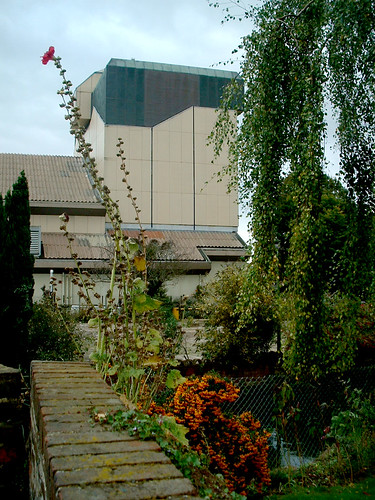A rich Roman town house discovered beneath Canterbury‘s Marlowe Theatre cannot be preserved in its present location thanks to damage from earlier modern building works. The astonishing house, complete with under-floor heating, was discovered by builders working on the famous theatre’s 26.5million redevelopment. Workers immediately got in touch with archaeologists – and work has been halted until the remains can be fully removed.
Yet expert James Holden tells the BBC earlier 20th century projects have left the house in a bad state: “A lot of it has been disturbed by earlier buildings, when they built this theatre in the 30s and when it was redeveloped in the 80s,” he says. “A lot of the archaeology has been removed so there isn’t enough of it left to preserve it in situ.”
The 2nd – 3rd century AD house is thought to have belonged to an extremely wealthy individual, whose shoes, seeds and a plate have also been found among the remains. It’s quite unexpected,” explains Holden. “It’s very unusual to find buildings of this type in this area of Canterbury, this side of the River Stour.” While its damage may sour the story slightly, the house’s discovery will come as great news for Roman history lovers in Canterbury, a city steeped in rich Roman heritage.
Once a prosperous trading post named Durovernum Cantiacorum, it grew to become one of Roman Britain‘s premier religious spots – a role it has kept to this day. Today the city celebrates its Roman past at Canterbury Roman Museum, with a myriad tableaux and treasures on display. Visitors can also see Roman Kent in full swing at Lullingstone Villa and Richborough Fort and Amphitheatre. The county also has its fair share of prehistoric wonders: take a look at our top five guide for Kent right here.
